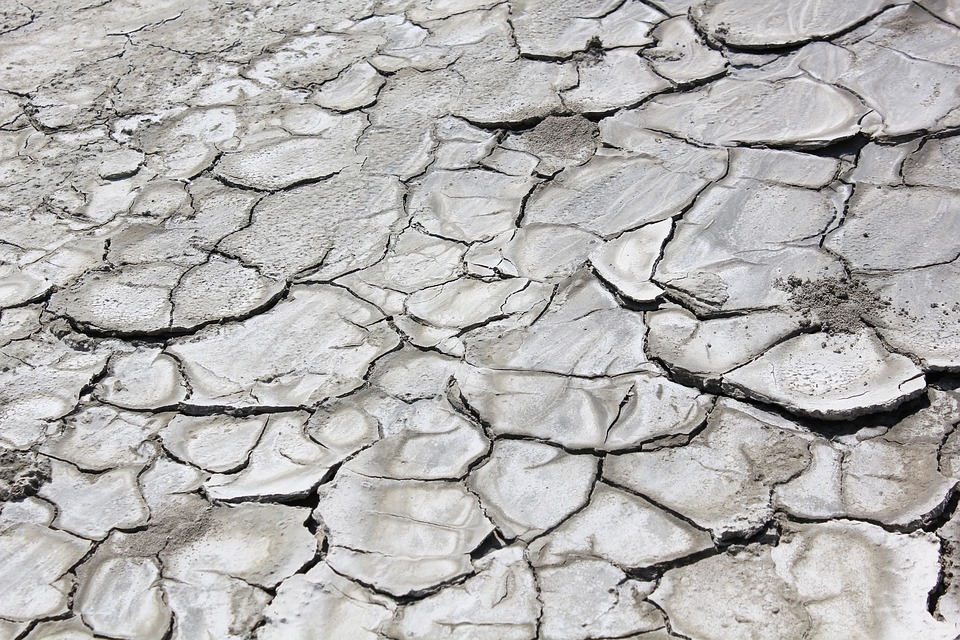Introduction
With the increasing concern about climate change and its impact on our planet, it’s important to examine the role that different industries play in contributing to global warming. One such industry that often comes under scrutiny is aviation. The question arises: do planes cause global warming? Let’s explore this topic in detail.
The Carbon Footprint of Aviation
Aviation is known to be a significant contributor to greenhouse gas emissions, which are major drivers of global warming. Carbon dioxide (CO2) is the primary greenhouse gas emitted by planes, accounting for approximately 2-3% of global CO2 emissions. While this percentage may seem relatively small, it is important to note that aviation emissions have been rapidly increasing due to the growing demand for air travel.
High Altitude Emissions
One crucial factor that sets aviation emissions apart from most other industries is the altitude at which planes operate. Aircraft engines emit not only CO2 but also other greenhouse gases, such as nitrogen oxides (NOx), water vapor, and contrails. These emissions have a more potent warming effect at high altitudes, where they are released directly into the upper atmosphere. This phenomenon is known as the “aviation radiative forcing” and contributes to the overall impact of planes on global warming.
Short-Lived Climate Forcers
In addition to CO2 emissions, planes also release short-lived climate forcers (SLCFs), including methane (CH4), black carbon, and ozone. Although these pollutants have a shorter lifespan in the atmosphere compared to CO2, they have a stronger warming effect. For instance, black carbon absorbs sunlight and heats the atmosphere, accelerating the melting of ice and snow in polar regions.
Offsetting Efforts
In recent years, the aviation industry has made efforts to reduce its environmental impact. These include technological advancements to enhance fuel efficiency, the use of sustainable aviation fuels, and operational improvements to optimize flight routes. Moreover, airlines have started implementing carbon offsetting programs, which aim to neutralize the carbon emissions generated by flights by investing in projects that reduce emissions elsewhere.
Conclusion
While planes do contribute to global warming through their emissions, it is essential to consider the overall impact of aviation in the context of the wider climate change issue. The aviation industry is taking steps to mitigate its environmental footprint, but further efforts are required to achieve significant reductions in greenhouse gas emissions. As individuals, we can support sustainable aviation practices by opting for greener travel alternatives whenever possible and advocating for stricter regulations on emissions in the aviation sector.

Kyle Whyte is a notable scholar and professor at the University of Michigan, holding positions such as the George Willis Pack Professor in the School for Environment and Sustainability and Professor of Philosophy. Specializing in environmental justice, his work critically examines climate policy and Indigenous peoples’ ethics, emphasizing the nexus between cooperative scientific endeavors and Indigenous justice. As an enrolled Citizen Potawatomi Nation member, he brings a vital perspective to his roles as a U.S. Science Envoy and member of the White House Environmental Justice Advisory Council. His influential research is supported by various prestigious organizations including the National Science Foundation, and disseminated through publications in high-impact journals. Kyle actively contributes to global Indigenous research methodologies and education, with affiliations to numerous institutes and societies dedicated to traditional knowledge and sustainability. Recognized for his academic and community engagement, Kyle has earned multiple awards and served in various visiting professorships. His efforts extend to leadership positions on boards and committees focused on environmental justice nationwide.
